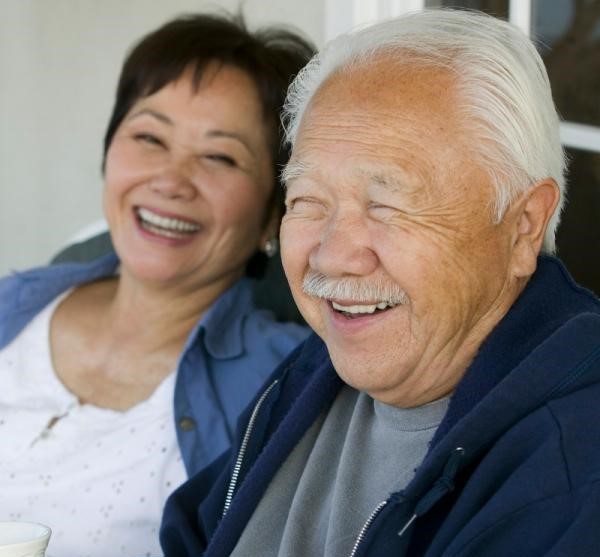There is a commonly held belief that urinary incontinence is a natural consequence of growing older. It’s just something you learn to live with. Yet for the majority of people living with incontinence, effective treatment options are readily available. Whatever your age, don’t allow incontinence to prevent you from living life to the full.
When does incontinence start?
Incontinence isn’t inevitable in later life, but it is more common. As we grow older, changes to our body increase the risk. Our bladder capacity shrinks by around half, so we have the urge to urinate more frequently. The muscles in and around the bladder can weaken, meaning it can’t contract as effectively and empty properly. In women the urethral sphincter can stop closing properly, and in men an enlarged prostate can obstruct the urethra.
There are also diseases, chronic conditions, and medications more common in older age that increase the chance of experiencing incontinence. According to research by the Continence Foundation of Australia, between 75 and 81% of people living in residential aged care facilities are incontinent.(1)
But incontinence doesn’t only affect the elderly. The Continence Foundation reports that half of women with incontinence living in the community are under 50 (2). Damage to muscles that support the bladder and reproductive organs in pregnancy and childbirth, and hormonal changes during menopause all make incontinence more likely.
Tackle the taboo
Did you know that the majority of people don’t seek advice for incontinence? This is despite the fact that, for around 75% of people with incontinence, there are effective treatment that can minimise or even get rid of symptoms.

So, why do so few of us get help?
One explanation is stigma. Incontinence remains a taboo topic that people don’t feel comfortable talking about. Many of us don’t realise how common it is across all age groups and can feel too embarrassed to seek professional advice. Other factors include not regarding incontinence as a health problem or choosing to prioritise other health issues.
A key reason is a belief that incontinence is just an inevitable part of childbirth or aging. Yet incontinence can lead to a reduced quality of life, and a reluctance to exercise, socialise and travel. The condition can impact relationships, sex lives, and mental well-being.
The truth is incontinence isn’t inevitable and there is a lot you can do about it. There is a wide array of treatment options and incontinence products such as the HARTMANN MoliCare® range to choose from.
Treatment options
Depending on the cause and type of incontinence, medical professionals can recommend non-surgical and surgical interventions. And there is a lot you can do for yourself. Kegel exercises to strengthen the pelvic floor muscles, acupuncture, yoga, losing weight and cutting down on known bladder irritants such as alcohol, caffeine, and citrus fruits: all are proven effective in reducing or even curing different types of incontinence.
So remember, whatever your age, incontinence is not something you just have to learn to cope with. It is common and treatable. Speak to your doctor, explore lifestyle changes, and choose products that enable you to live your life to the full.
For information on the MoliCare® range click here.
To discuss your concerns with a Continence Nurse Specialist to develop a personalised care plan download our information flyer:
Content for this article was supplied by HARTMANN MoliCare®
References:
- Hibbert PD, Wiles LK, Cameron ID, Kitson A, Reed RL, Georgiou A, Gray L, Westbrook J, Augustsson H, Molloy CJ, Arnolda G, Ting HP, Mitchell R, Rapport F, Gordon SJ, Runciman WB, Braithwaite J. CareTrack Aged: the appropriateness of care delivered to Australians living in residential aged care facilities: a study protocol, BMJ Open, 2019. http://dx.doi.org/10.1136/bmjopen-2019-030988.
- Deloitte Access Economics. The economic impact of incontinence in Australia. The Continence Foundation of Australia; 2011.

